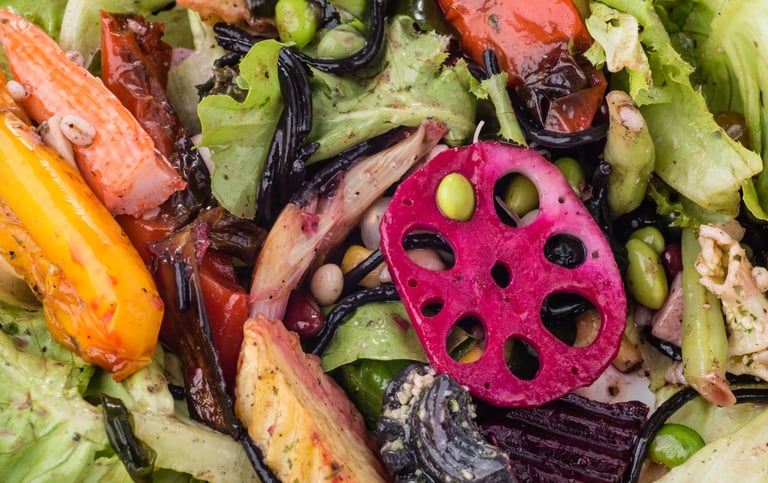Texas is the 2nd hungriest state in the U.S.
The U.S. Department of Agriculture (USDA) defines food insecurity as a lack of consistent access to enough food for an active, healthy life, and also points out that, “It is important to know that hunger and food insecurity are closely related, but distinct, concepts. Hunger refers to a personal, physical sensation of discomfort, while food insecurity refers to a lack of available financial resources for food at the level of the household.”
What is the difference between hunger and food insecurity?
HOUSTON, WE HAVE A PROBLEM
In the United States, about 40% of food that is grown, processed, and transported is wasted and ends up in landfills. Food waste harms our communities, our finances, and our natural resources. A significant amount of the food produced in our country is subsidized by our taxes. Why throw away our cash? Food transportation accounts for 10% of the energy budget in the United States, of which 40% is wasted. Food that is never consumed costs our country hundreds of billions of dollars to raise, process, and dispose of.
End result
To put food on our tables* requires using half of the country's land, 80% of its fresh water, and 10% of its energy budget. We waste 40% of these natural resources when we throw away 40% of our food. Even worse, food waste produces methane emissions from landfills that are thirty times more harmful than carbon dioxide emissions. Three times a day, we have the chance to lessen and finally get rid of this enormous carbon footprint. There's a better way
1 in 8, or 13% of households in the Texas, suffer from food insecurity. That translates to almost 4 million people and 1.4 million Texas families. Only nine states have higher rates of food insecurity than the federal average, including Texas.




